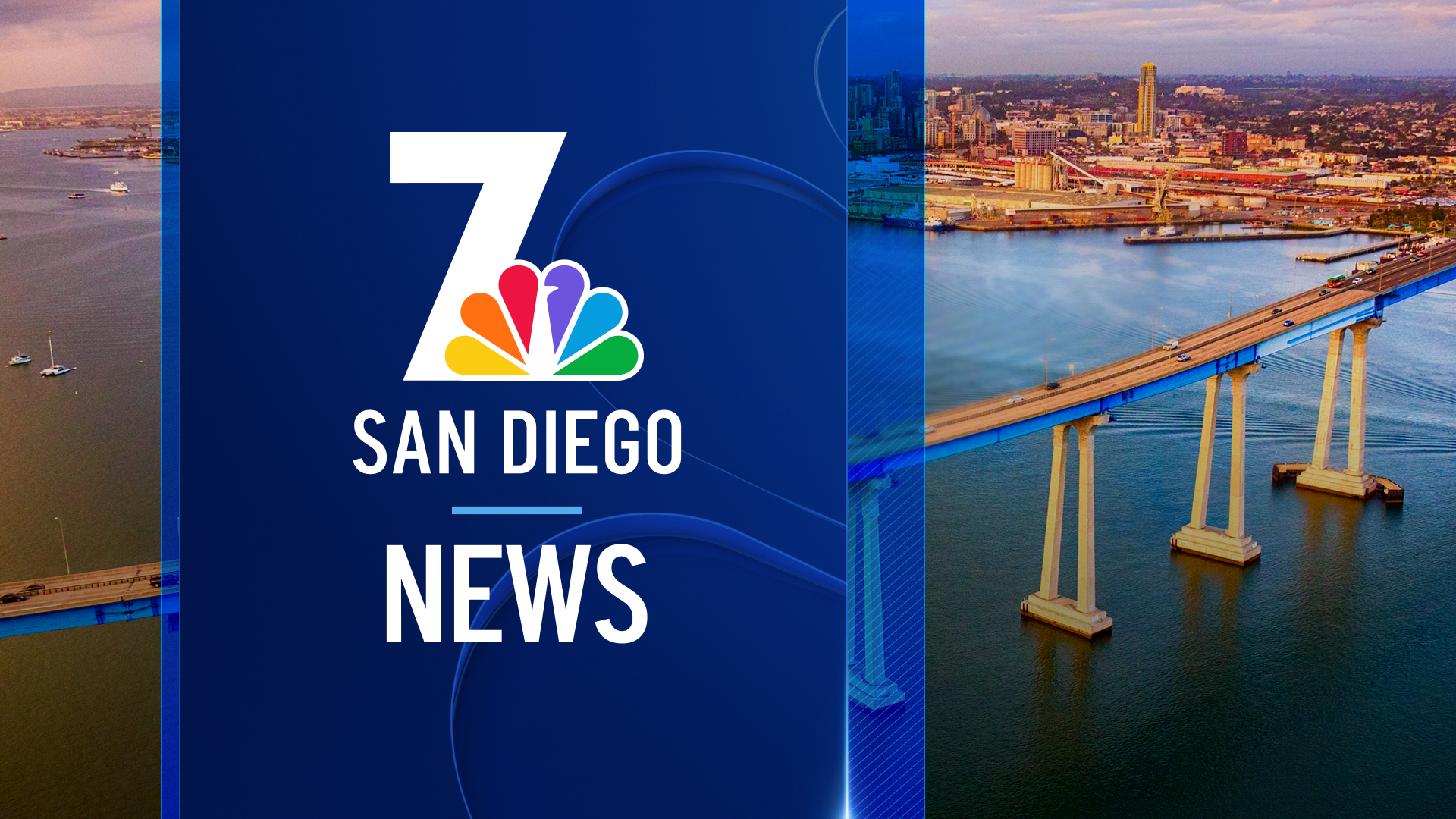New school, new library, new technology – just a few examples of the renovations and repairs made to Poway Unified School District’s 24 aging schools starting in 2001 under Proposition U.
To finish the job, Poway taxpayers passed Proposition C in 2008. Last year, as part of that bond, the district borrowed $105 million.
It won’t begin paying it back until 20 years from now.
With interest, that $105 million loan will end up costing taxpayers almost $1 billion over 40 years, according to our media partner, Voice of San Diego.

Click here to read the article.
So how did this happen? To convince taxpayers to pass the other bond measure, the district promised voters their property tax rate would not go up again.
With no new tax rate increase, the district had to do some creative financing. Instead of paying down debt every year for 20 or 30 years, as one would with a home mortgage, last year, the district cut a deal for a loan to be paid in the future.
Local
The district won’t make any payments – not even interest-only payments – for 20 years, at which time the district will start making payments for the next twenty years. But, during the life of the 40 year loan, interest compounds, and the debt continues to increase.
The school superintendent John Collins and Board member Todd Gutschow say taxpayers need to look at the big picture. The two bonds together - Prop U and Prop C - allowed the district to complete $543 million worth of projects for a little more than $1 billion in interest.
“That one offering in isolation doesn’t look good,” Gutschow said. “But in the context of the whole program and the total value the taxpayers, we think it’s a good deal.”
He says the taxpayer will pay about three times the total value of the projects.
Voice of San Diego reporter Will Carless, however, points out that some of the $543 million value came through state grants; the district actually financed $377 million of that $543 million. The cost of borrowing that amount is still very high, he says.
Superintendent John Collins says without the bonds, there would have been no state funding; in addition, he says financing just the principal was not a bad deal.
He says the district avoided the inflation by building sooner rather than later, not to mention the fact that children are already benefiting from the construction and other additions to the district’s schools.
“If we made [our kids] wait twenty years until the tax rate would have supported that, where would they be now?” he asked.
On the other hand, County Treasurer and tax collector Dan McAllister wonders where those kids will be later when payment is due.
“It’s not just this generation, or the next generation, but probably two generations down the road,” McAllister said of the economic impact of the bond.
“We’re not saying this is going to end up an Armageddon situation, but potentially the risks are much greater with this kind of financing than what would be a more traditional way,” he added.
“If you had raised taxes in the beginning in order to have money coming in to be able to borrow in a normal way,” Carless said, “it could have ended up being much cheaper at the end of the day because you wouldn’t have had to have this crazy exotic financing.”
Follow NBC7 for the latest news, weather, and events: iPad App | iPhone App | Android App | Facebook | Twitter | Google+ | Instagram | RSS | Text Alerts | Email Alerts



